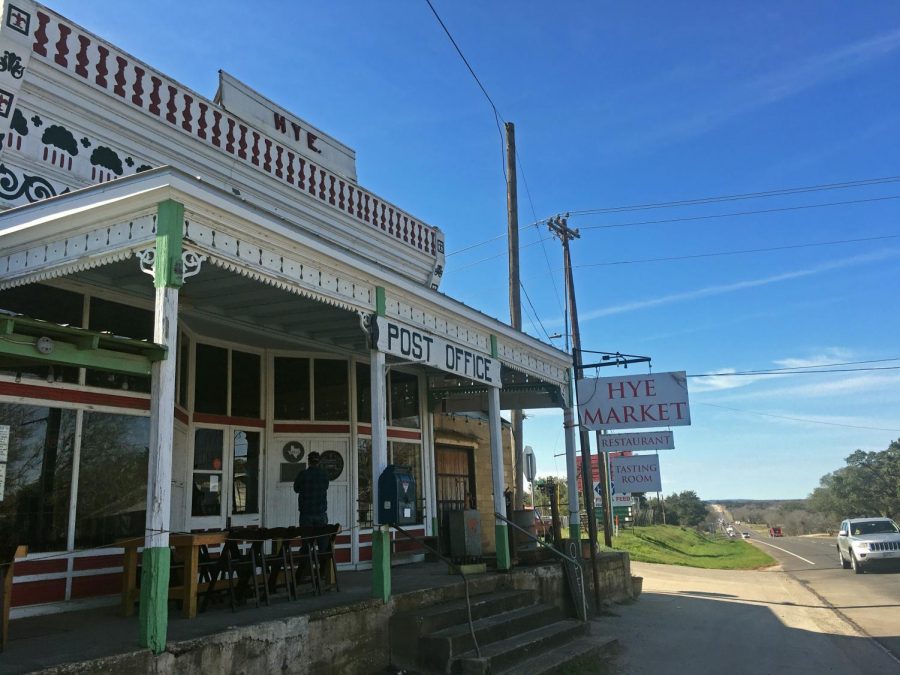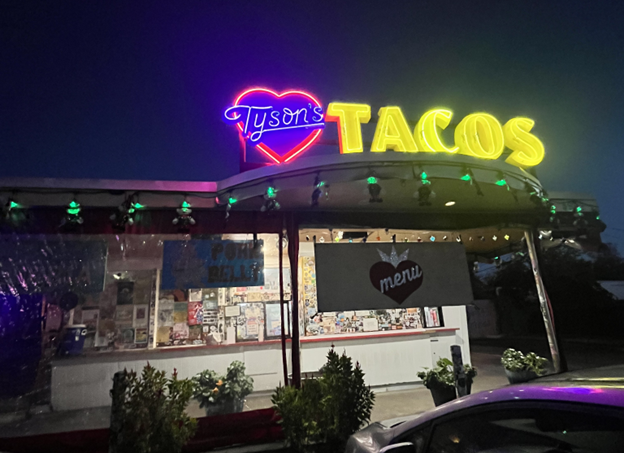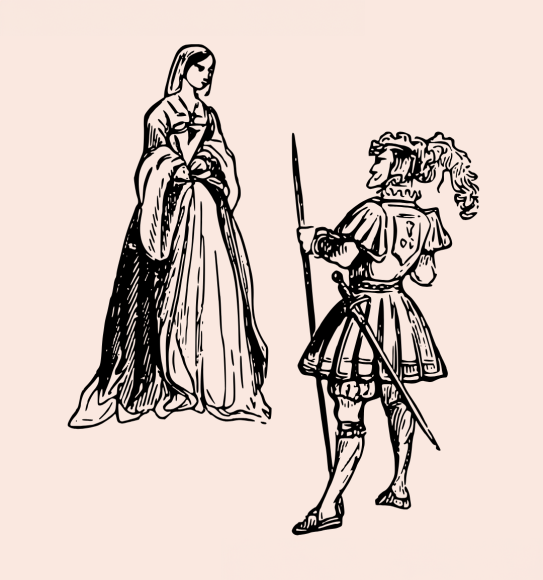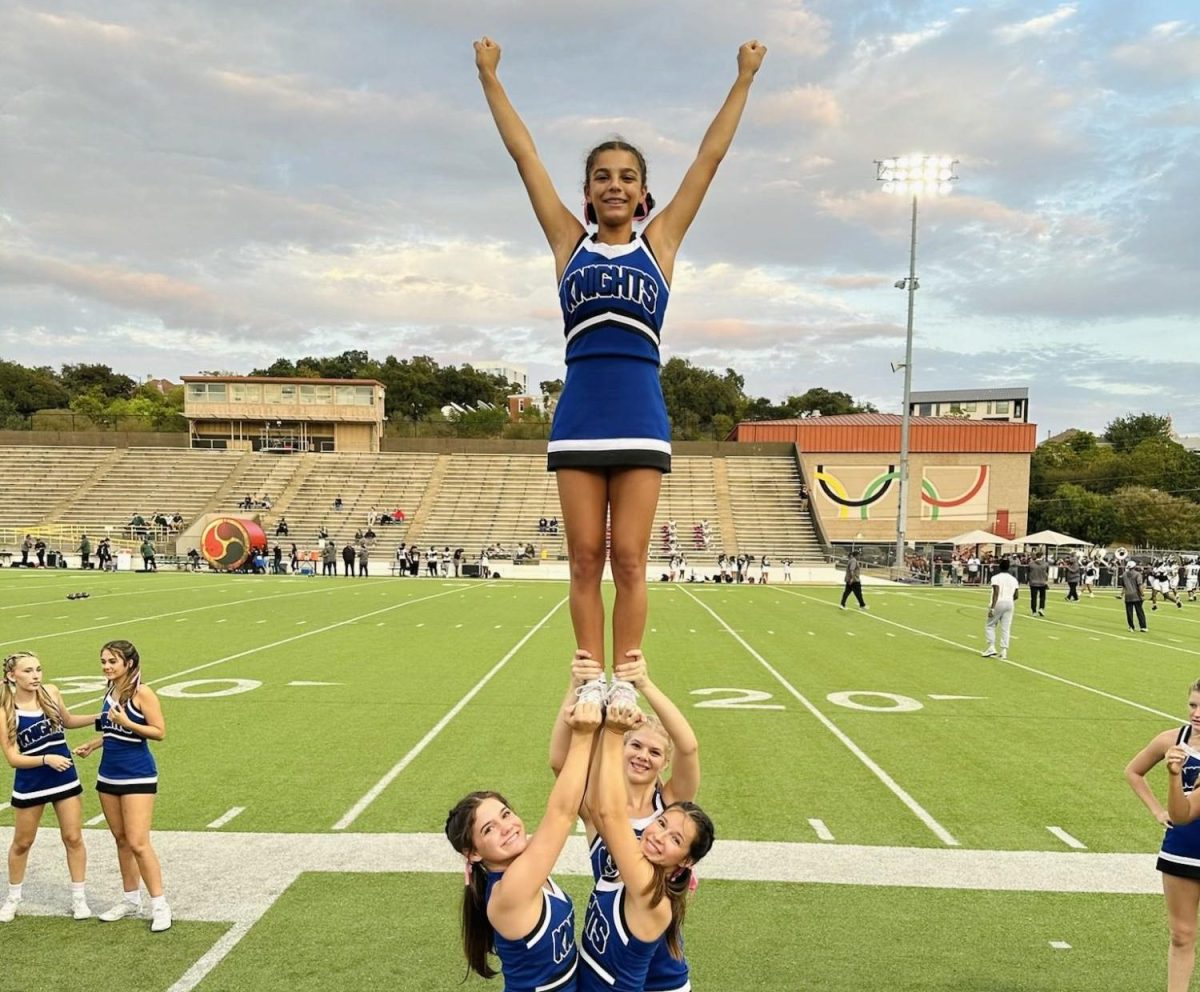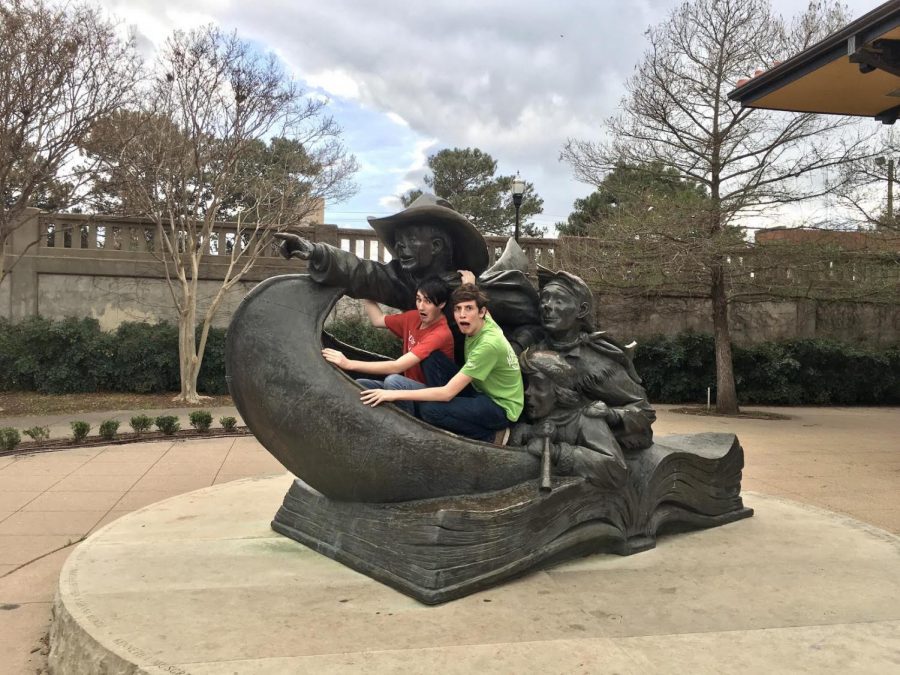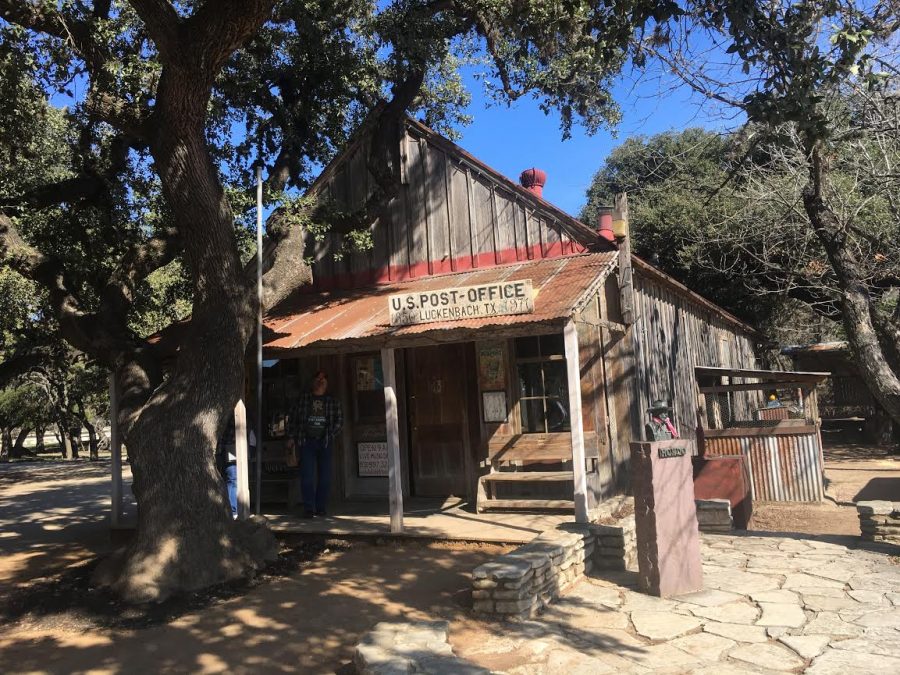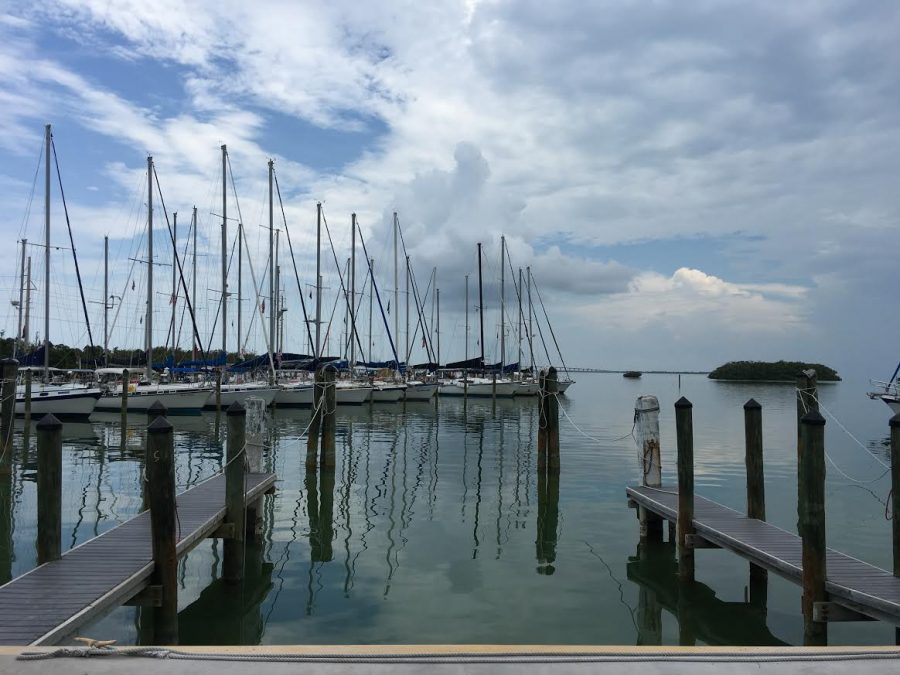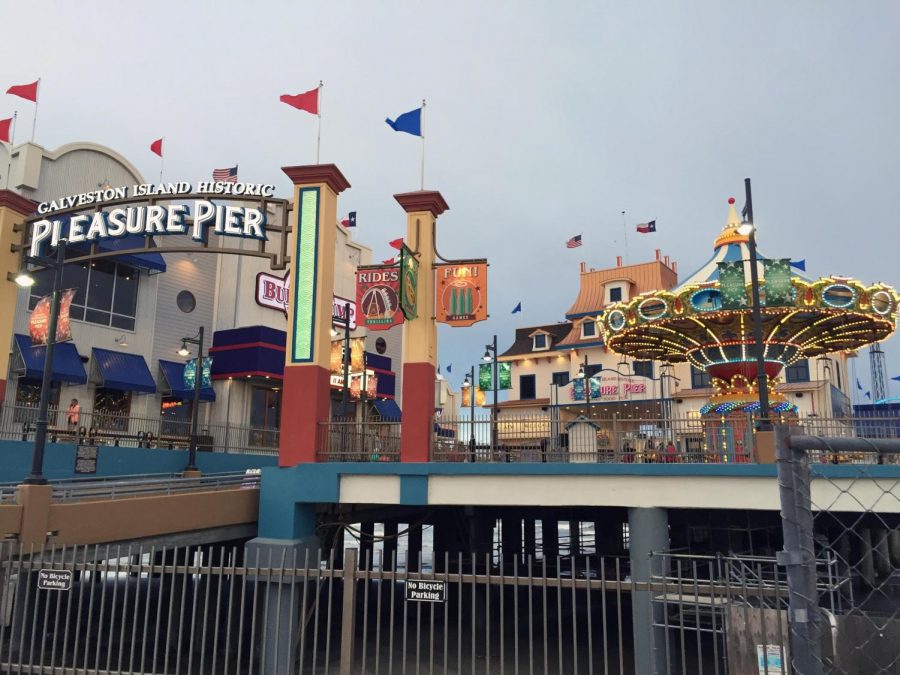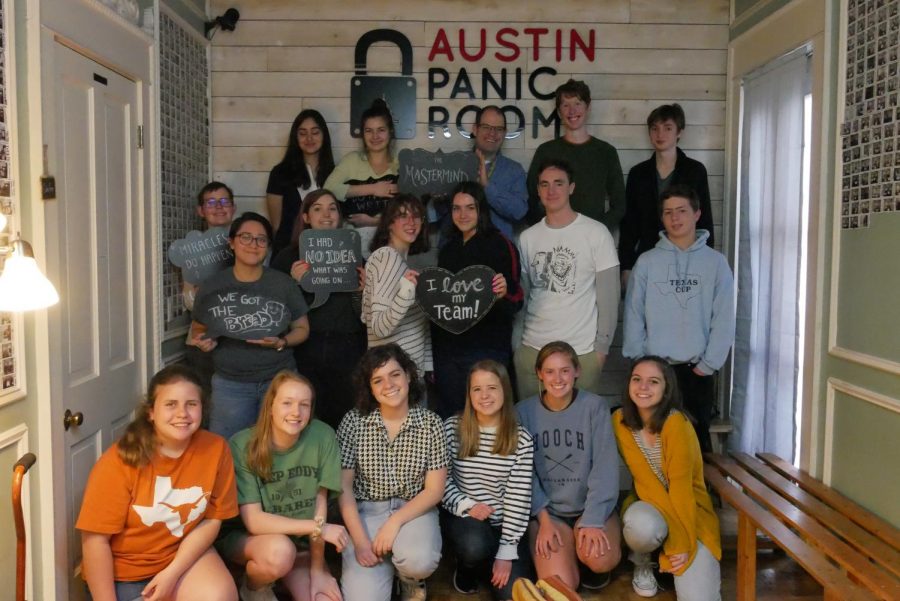Most of the destinations previously discussed on Rhodes Traveled have been exactly that: destinations. These are places I would suggest going to, places with enough merit to justify the hour and a half (or however long) drive it takes to get there. Major cities like Houston or Dallas for sure, but also smaller cities like Corpus, Denton or Waco. But what about the places in between these cities? Dotted around the state and along the major highways are small towns with small populations. You drive through these all the time, sometimes you stop to get gas, but usually it’s just a mild annoyance because there are sometimes stop lights. You know the places I’m talking about.
Let me paint a picture. You’re driving down the highway. You see the green highway sign that says “Flatonia 6” referring to the distance in miles to this place that no one has ever heard of. You’ve got a destination to get to, plenty of gas, it’s hot outside. The idea of stopping here never even crosses your mind. Getting closer the speed limit falls. 60 mph. 55. 45. 35. Entering the town you are first greeted by another green highway sign “Flatonia: population 2,056.” If paying attention, the sign may make you chuckle, the thought of a town the size of a high school is amusing. The sign is followed by a series of houses, filled with overgrown lawns, various yard equipment and old half assembled cars. Once you get to the town center, if you can call it that, you see old three story brick buildings, most of which are empty. On the side of these buildings are the remains of advertisements that were painted on probably 75 years ago, for things like Coca-Cola or a local restaurant. As for open businesses, there are two or three gas stations at which most of the customers are either enormous trucks hauling horse trailers or confused Subaru drivers wishing they were somewhere else. If you are lucky, there is a courthouse on the square, but this is not in every town. Over the street are banners hung from the few power lines that say something about a local event for a church. After seeing a few more vacated buildings and trucks carrying bales of hay in their beds, you exit. Just like that. The speed limit climbs back up to 65 or 70. You don’t dwell on this place, you may pass through five or six of these towns before reaching your destination.
But sometimes you must be adventurous. Instead of just stopping for gas, maybe you can stop your lunch, maybe you can stretch your legs and explore a little bit. There are people who live here, remember? What do they do in their free time? Allow me to tell you what there is to do in small, and I mean really small, towns in Texas.
First of all, let’s talk about expectations. Small towns such as Johnson City, Wimberley, Flatonia, Shiner or wherever else one winds up could never compare with cities with a greater population, such as Waco. For those who remember, I wrote an article about central Texas barbecue, which featured some obscure places like Taylor, Lexington and Dime Box. You see what I’m saying? These places are home to some of the best food in the state, I would hardly consider that boring.
As I said before, some of these places have a courthouse, but even if they don’t there should be a little town square area. This is usually in towns with a population over two or three thousand. If it’s smaller than that you are more likely to find a main street, which should be similar to a town square. Places with a square are good spots to stop, get out of the car and explore a little bit. Most of the attractions worth going to are on the square, which include restaurants, antique shops, history centers and other stuff. Sometimes there will be a river park, which is also a nice place to stop. Of course the best way to learn about a place is to ask the people who live there. No one knows some obscure town with a population of a few thousand, or hundred better than someone who has lived there for 40 years.
This brings me to the Dairy Queen phenomena. Several of these places are in the middle of nowhere and can only be reached by a two-lane highway or even a dirt road. But, there are also a lot of towns off of the interstate, towns that have the privilege of having frequent visitors stopping there for things like food or gas. And so to meet this demand for basic necessities, the town will host a Texaco gas station and a Dairy Queen. Sure, some will also have Whataburgers and McDonald’s, but nine times out of 10 they will have a Dairy Queen. Just a Dairy Queen. And this makes sense. The DQ isn’t just for the highway-goers, it’s also for the locals. Think about it. You can get all the culinary wonders of the big city, hamburgers, chicken tenders, ice cream cakes, all tucked away into one little store. DQ is a part of small town culture, just ask anyone who lives outside of a big city.
Now I want you to think. Think about the last time you were at a Dairy Queen. Was it in Austin? Probably not. Even if it was, I’m sure you noticed the decor. It’s different than a McDonald’s or a Jack in the Box. There are old photos on the wall. Sometimes there are easy chairs around a circular table. It feels like it’s trying to be down home and comfy, as opposed to crisp and modern. Now you know why.

Anyway, with that out of the way, let me talk about some specific places. Flatonia, the place I described in the second paragraph is real. And, yes, it has a Dairy Queen. But it also has an old drugstore that sells trinkets and memorabilia, as well as actual medications. Around the railroad tracks that split Main Street in half (another common thing) is a nice park where you can have a picnic or just stretch your legs. Flatonia is located on I-10, and is about halfway between Austin and Houston.
Out west, on 290 toward Fredericksburg are the small towns of Hye and Stonewall. Hye is home to a historic post office/restaurant that is definitely worth a stop for lunch. Stonewall is famous for its peaches, and also has a decent restaurant in the back of a Chevron station. I’ve gotten mixed results on whether this place was named after General “Stonewall” Jackson, or someone else. Either way, it’s a nice stop. Between these two towns is the Lyndon B. Johnson State Park and Historic Site.
Sometimes the whole draw to a town can be its name. I traveled about 30 miles out of my way to go to a place called Oatmeal.
Was there anything there? No. But it was funny, and I got some good pictures with the sign.
For me, it can be fun just to drive on those little windy two lane highways through the Hill Country. Whatever you end up doing, it’s always fun to get out of the city and explore a little, even if your destination is a place called Oatmeal.


